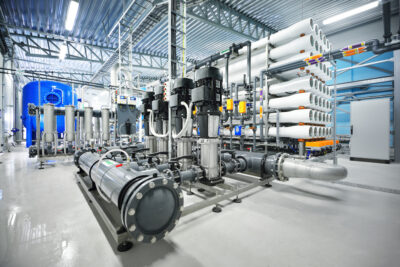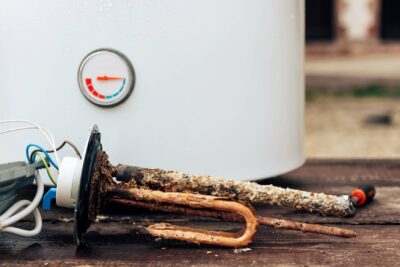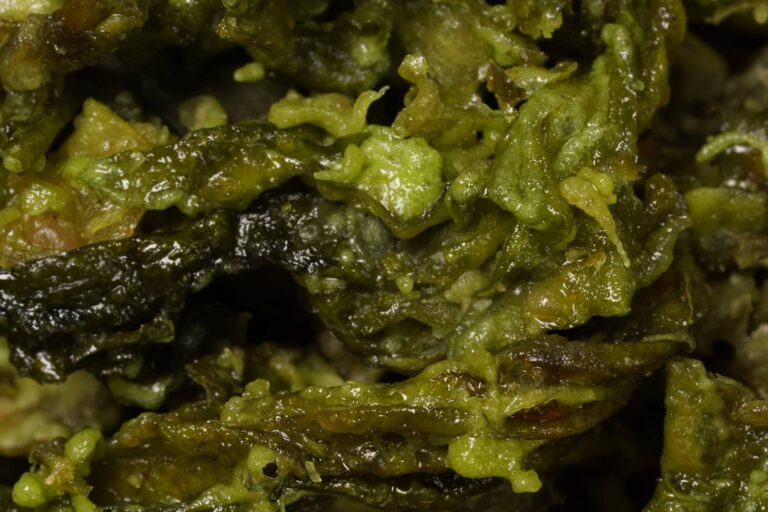Understanding and Managing Pool Algae: A Comprehensive Guide
Pool algae can transform a sparkling, inviting swimming pool into an unsightly, greenish mess. Algae growth in pools is a common issue that can affect both residential and commercial pools. Understanding the causes, types, prevention strategies, and treatment options for pool algae is crucial for maintaining a clean, safe, and aesthetically pleasing swimming environment. This guide provides an in-depth look at pool algae, helping pool owners and operators effectively manage and prevent this common problem.
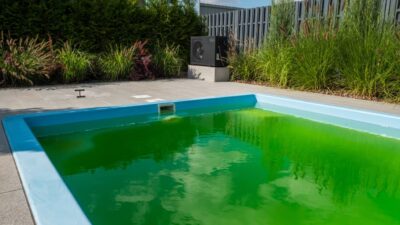
What is Pool Algae?
Pool algae are simple, plant-like organisms that thrive in the warm, sunny conditions typical of swimming pools. They come in various colors and forms, each with unique characteristics and challenges for pool maintenance.
a. Types of Pool Algae
• Green Algae: This is the most common type of algae found in swimming pools. It can make the water look green and is often found floating on the surface or clinging to pool walls and floors.

• Yellow Algae (Mustard Algae): This type of algae is less common but can be challenging to treat. It appears as yellow or brown patches and tends to cling tightly to pool surfaces, making it resistant to standard chlorine treatments.
• Black Algae: Black algae are one of the most stubborn types of pool algae. It appears as dark, slimy spots, often with a tough, protective layer. It can penetrate the pool’s surface and requires special treatment methods.
b. Causes of Pool Algae Growth
Algae growth in pools can be attributed to several factors:
• Inadequate Sanitization: Low levels of chlorine or other sanitizers in the pool water create a favorable environment for algae to thrive.
• Poor Filtration: Inefficient filtration systems or clogged filters can fail to remove algae spores and debris, allowing algae to proliferate.
• Organic Debris: Leaves, twigs, and other organic matter can provide nutrients for algae growth if not regularly removed from the pool.
• Imbalanced Water Chemistry: Incorrect pH or alkalinity levels can weaken the effectiveness of pool sanitizers and contribute to algae growth.
• Lack of Circulation: Inadequate water circulation can create stagnant areas where algae can grow unchecked.
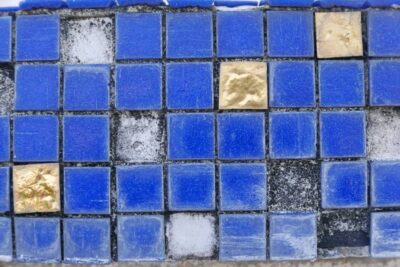
Preventing Pool Algae
Prevention is the most effective strategy for managing pool algae. Here are some essential preventive measures:
a. Maintain Proper Sanitization
• Chlorine Levels: Keep chlorine levels within the recommended range, typically between 1.0 and 3.0 parts per million (ppm). Regularly test and adjust chlorine levels as needed.
• Alternative Sanitizers: Consider using alternative sanitizers, such as bromine or saltwater chlorine generators, to help maintain consistent sanitation levels.
b. Regular Cleaning and Maintenance
• Skim Debris: Use a skimmer net to remove leaves, insects, and other debris from the pool surface daily.
• Vacuum the Pool: Regularly vacuum the pool floor and walls to remove any organic matter and algae spores that may have settled.
• Brush Pool Surfaces: Use a pool brush to scrub the walls and floor of the pool, especially in areas prone to algae buildup.
c. Optimize Filtration and Circulation
• Clean Filters: Regularly clean or replace pool filters to ensure optimal performance and debris removal.
• Run the Pump: Operate the pool pump for an adequate amount of time each day, typically 8 to 12 hours, to ensure proper water circulation.
d. Balance Water Chemistry
• pH Levels: Maintain pH levels between 7.4 and 7.6 to enhance the effectiveness of chlorine and prevent algae growth.
• Alkalinity and Calcium Hardness: Keep alkalinity and calcium hardness levels within recommended ranges to support overall water balance and prevent scaling or corrosion.

Treating Pool Algae
If algae have already developed in the pool, effective treatment is required to restore water clarity and cleanliness.
a. Identify the Type of Algae
• Green Algae: Generally treated with standard chlorine shock treatments and algaecides.
• Yellow Algae: Requires a more robust approach, including higher doses of shock treatment and the use of specialized algaecides.
• Black Algae: Often necessitates a combination of shock treatments, algaecides, and intensive brushing to remove the protective layers and kill the algae.
b. Shock Treatment
• Chlorine Shock: Administer a shock treatment with a high dose of chlorine to kill algae and other contaminants. Follow manufacturer instructions for the appropriate amount and timing.
• Non-Chlorine Shock: For pools with sensitive equipment or alternative sanitizers, non-chlorine shock treatments can be used to eliminate organic matter and algae.
c. Use of Algaecides
• Algaecide Products: Apply algaecides specifically formulated for the type of algae present. Follow instructions for dosage and application to ensure effective treatment.
d. Brush and Vacuum
• Brush: Thoroughly brush the pool surfaces to dislodge algae from the walls and floor. Pay special attention to areas with visible algae growth.
• Vacuum: After brushing, vacuum the pool to remove dead algae and debris.
e. Clean and Maintain
• Clean Filters: After treatment, clean or backwash the pool filters to remove trapped algae and prevent recontamination.
• Monitor Water Chemistry: Continue to monitor and adjust water chemistry as needed to prevent future algae growth.
Conclusion
Managing pool algae requires a proactive approach to prevention and a thorough strategy for treatment when necessary. By maintaining proper sanitation, regularly cleaning the pool, optimizing filtration and circulation, and balancing water chemistry, pool owners can minimize the risk of algae growth and keep their swimming pool inviting and clean. When algae do appear, prompt and effective treatment is essential to restore water clarity and ensure a safe and enjoyable swimming environment.

